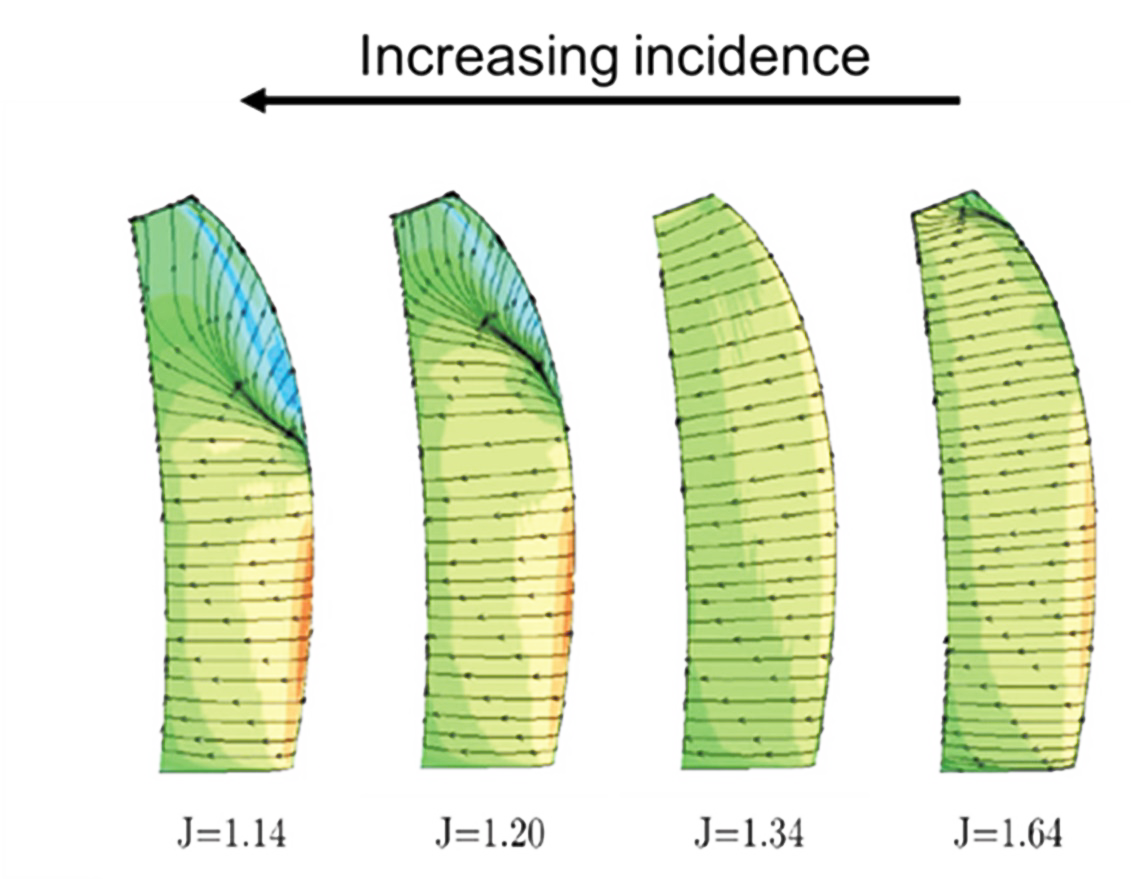
Our vision
Redefining the Future of Aviation through Advanced Simulations: In the realm of aviation, the transition from concept to reality is a journey filled with complex challenges and unprecedented opportunities. The PANDORA project stands at the forefront of this journey, with a vision that not only acknowledges the historical evolution of open rotor engines but also embraces the future with a commitment to innovation and sustainability. Our vision is to harness the power of advanced simulations to redefine the future of aviation, making the skies quieter, the air cleaner, and aircraft more efficient.

Our vision
Redefining the Future of Aviation through Advanced Simulations: In the realm of aviation, the transition from concept to reality is a journey filled with complex challenges and unprecedented opportunities. The PANDORA project stands at the forefront of this journey, with a vision that not only acknowledges the historical evolution of open rotor engines but also embraces the future with a commitment to innovation and sustainability. Our vision is to harness the power of advanced simulations to redefine the future of aviation, making the skies quieter, the air cleaner, and aircraft more efficient.

Bridging the Past and Future
Bridging the Past and Future
The development of open rotor engines, from the Unducted Fan (UDF) configurations of the 1980s to the contemporary Contra-Rotating Open Rotor (CROR) and Unducted Single Fan (USF) designs, represents a commitment to optimizing propulsion efficiency and minimizing environmental impact. The evolution of simulation technologies over the last four decades has played a pivotal role in this journey, transforming from the rudimentary three-dimensional steady simulations of the past to today’s sophisticated Unsteady Reynolds-Averaged Navier-Stokes (URANS) analyses. This progression underscores a significant shift in our ability to refine and validate the performance of open rotor engines, moving ever closer to realizing their potential.
Advancing Open Rotor Design through Simulations
Advancing Open Rotor Design through Simulations
The cornerstone of our approach is the intelligent application of simulation tools combined with a deep understanding of open rotor physics. By addressing the limitations of current methodologies and introducing more efficient and targeted simulation practices, we aim to accelerate the development and adoption of open rotor engines. These efforts are particularly focused on understanding and mitigating noise generation mechanisms, optimizing aerodynamic efficiency, and exploring the impact of design parameters on performance.

Embracing Simulation for Innovation
Embracing Simulation for Innovation
The transition from established ducted fan designs to the innovative open rotor concept is fraught with complexities that have traditionally limited the exploration of new aerodynamic configurations. The PANDORA project seeks to overcome these challenges by leveraging the latest advancements in simulation technology. Our vision encompasses the development of numerical tools that can accurately predict the intricate behaviors of open rotors, including their unique noise profiles and aerodynamic characteristics under various operating conditions.
Toward a Sustainable Aviation Future
Our vision is underpinned by the belief that the future of aviation must be sustainable. The PANDORA project’s commitment to reducing community noise and enhancing propulsive efficiency aligns with global environmental goals, including the reduction of CO2 emissions and the pursuit of climate-neutral aircraft configurations. Through rigorous experimental and numerical analysis of the USF concept, we aim to demonstrate that substantial improvements in noise reduction and fuel efficiency are achievable, paving the way for their integration into future aircraft designs.
Collaborative Progress
The path to realizing our vision is a collaborative endeavor. By developing and validating a suite of numerical tools and creating an open database of experimental data, the PANDORA project invites researchers, engineers, and industry stakeholders to join us in advancing the state of open rotor technology. Together, we can overcome the historical challenges associated with open rotor engines and usher in a new era of aviation—one that honors the legacy of innovation while striving for a quieter, cleaner, and more efficient future.